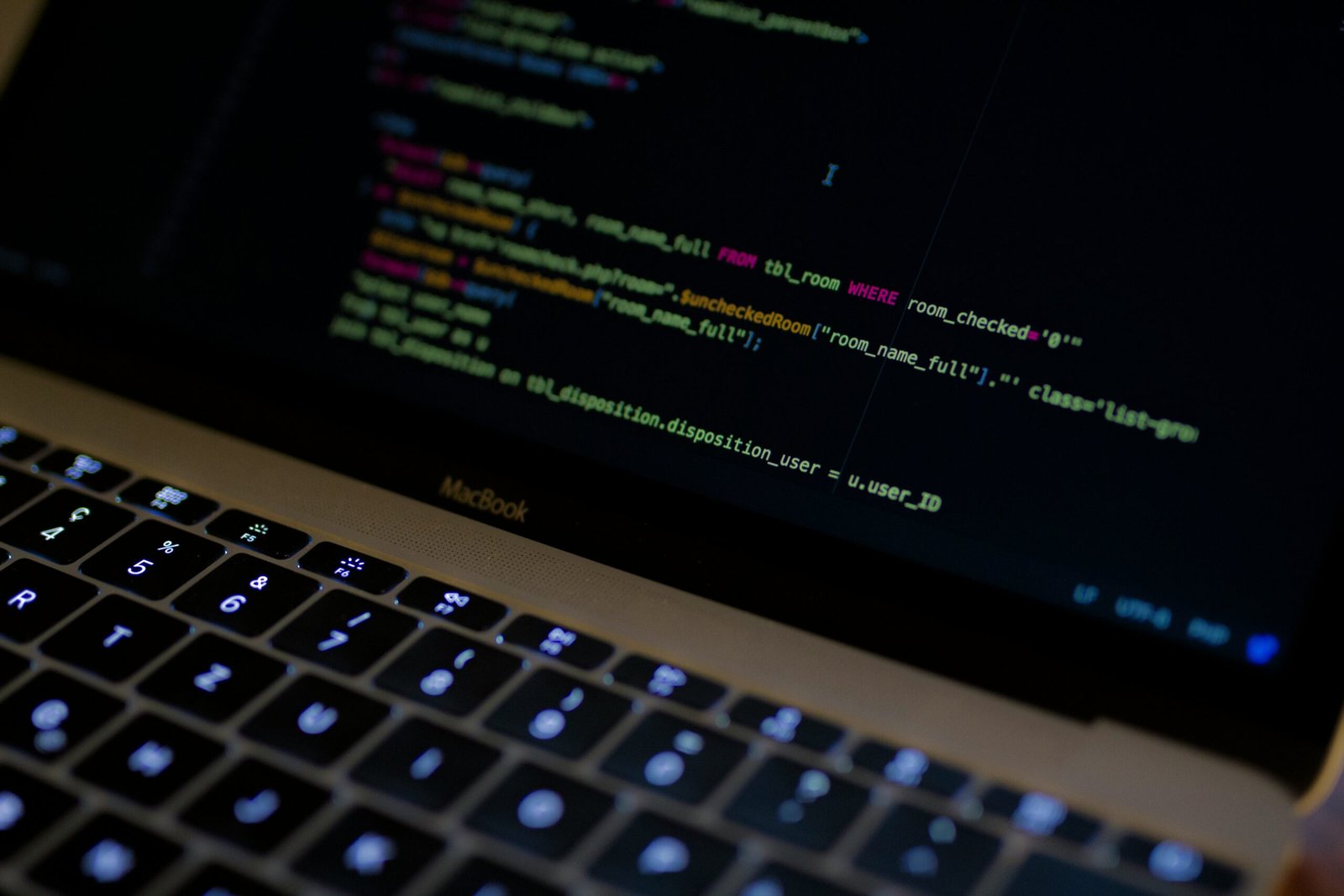The Evolution of Cybersecurity: Past, Present, and Future
In an increasingly interconnected digital world, the importance of cybersecurity cannot be overstated. As technology has evolved, so too have the threats and challenges posed by cyberattacks. From the early days of computing to the present and beyond, the field of cybersecurity has undergone a remarkable evolution. In this blog, we will take a journey through the past, present, and future of cybersecurity, exploring its origins, current state, and the innovations that will shape its trajectory.
The Past: Early Battles and Emergence
In the early days of computing, cybersecurity was a relatively novel concept. As networks expanded, the first instances of cyber threats emerged. Viruses and malware began to spread, leading to the creation of the first antivirus software in the 1980s. These rudimentary solutions marked the inception of cybersecurity practices, but they were ill-equipped to handle the growing complexity of threats.
The Present: Modern Landscape and Challenges
Today, cybersecurity is an integral part of our digital lives. Cyberattacks have become more sophisticated, targeting individuals, businesses, and even governments. The present-day cybersecurity landscape is marked by several key challenges:
- Sophisticated Threats: Cybercriminals employ advanced techniques, such as ransomware, phishing, and zero-day exploits, to breach systems and steal sensitive data.
- Data Breaches: High-profile data breaches have become alarmingly common, compromising the personal and financial information of millions.
- Internet of Things (IoT) Vulnerabilities: The proliferation of IoT devices presents new attack vectors, as inadequate security measures can lead to widespread vulnerabilities.
- AI-Powered Attacks: Cybercriminals are leveraging AI and machine learning to automate and enhance their attacks, making detection and mitigation more challenging.
- Global Regulatory Compliance: Stricter data protection regulations, like GDPR and CCPA, have placed greater emphasis on data privacy and security.
- Remote Work Challenges: The COVID-19 pandemic has accelerated the shift to remote work, creating new cybersecurity concerns related to telecommuting and virtual collaboration.
The Future: Innovations and Prospects
The future of cybersecurity promises both challenges and innovative solutions:
- Quantum Computing and Encryption: Quantum computers could potentially break existing encryption methods, leading to the development of quantum-resistant cryptography.
- AI and Machine Learning Defences: AI will play a pivotal role in cybersecurity, with machine learning algorithms identifying and responding to threats in real-time.
- Blockchain Security: Blockchain’s decentralised and tamper-proof nature could revolutionize cybersecurity by enhancing data integrity and authentication.
- Biometric Authentication: Advancements in biometrics, such as fingerprint and facial recognition, will provide secure alternatives to traditional password-based authentication.
- Cybersecurity Education: Increased awareness and education will empower individuals and organisations to adopt proactive cybersecurity measures.
- Global Collaboration: International cooperation will become crucial to combatting cyber threats that transcend borders and jurisdictions.































